
What makes them unique? Plants amongst us
We often use plants for medicinal purposes. Almost all home remedies are derived from plants. Our dependency on plants are increasing with awareness about side effects of modern medicines. How and why plants exhibit medicinal values?
Medicinal plants have been identified and used throughout human history. Plants have the ability to synthesize a wide variety of chemical compounds that are used to perform important biological functions, and to defend against attack from predators such as insects, fungi and herbivorous mammals. At least 12,000 such compounds have been isolated so far; a number estimated to be less than 10% of the total (Wikipedia). We are familiar with plants but what we do not know is ” plants are constantly working”. Their hard work gives us food, medicine and a beautiful nature. Most of the plants on earth are known to have medicinal properties. The unique nature of each plant is because of the unique compound present in them. Here are few examples of well known plants and their unique properties.
Image credit: Postal service, India
Roses are popular in the world. Rosa damascena mill L., known as Gole Mohammadi in is one of the most important species of Rosaceae family flowers. R. damascena is an ornamental plant and beside perfuming effect, several pharmacological properties including anti-HIV, antibacterial, antioxidant, antitussive, hypnotic, antidiabetic, and relaxant effect on tracheal chains have been reported for this plant. The medicinal functions of Rosaceae are partly attributed to their abundance of phenolics compound. Phenolics possess a wide range of pharmacological activities, such as antioxidants, free-radical scavengers, anticancer, anti-inflammatory, antimutagenic, and antidepressant. Hydrosol is nothing but the rose oil that has many commercial uses.
Image credit; www.werinida.com
Gloriosa superba is a species of flowering plant in the family Colchicaceae. This plant is poisonous, toxic enough to cause human and animal fatalities if ingested. Every part of the plant is poisonous, especially the tuberous rhizomes. The alkaloid-rich plant has long been used as a traditional medicine in many cultures. It has been used in the treatment of gout, infertility, open wounds, snakebite, ulcers, arthritis, cholera, colic, kidney problems, typhus, itching, leprosy, bruises, sprains, hemorrhoids, cancer, impotence, nocturnal emission, smallpox, sexually transmitted diseases, and many types of internal parasites. It is an anthelmintic. As with other members of the Colchicaceae, this plant contains high levels of colchicine, a toxic alkaloid. It also contains the alkaloid gloriocine.
Image credit: www.werinida.com
Incomparable Tulsi (Ocimum sanctum) Holy basil
Holy basil is a plant. It is originally from India and is used in Ayurvedic medicine as an “adaptogen” to counter life’s stresses. It is considered a sacred plant by the Hindus and is often planted around Hindu shrines. The Hindu name for holy basil, Tulsi, means “the incomparable one.” Medicine is made from the leaves, stems, and seeds. Holy basil is used for the common cold, influenza (“the flu”), H1N1 (swine) flu, diabetes, asthma, bronchitis, earache, headache, stomach upset, heart disease, fever, viral hepatitis, malaria, stress, and tuberculosis. It is also used for mercury poisoning, to promote longevity, as a mosquito repellent, and to counteract snake and scorpion bites. Holy basil is applied to the skin for ringworm. Chemicals in holy basil are thought to decrease pain and swelling (inflammation). Other chemicals might lower blood sugar in people with diabetes. There is interest in using holy basil seed oil for cancer. Beginning research suggests that the oil can slow progression and improve survival rate in animals with certain types of cancer. Researchers think this benefit may be explained by the oil’s ability to act as an antioxidant. Tulsi is onsidered as a tonic to retain youth and avoid aging. Vitamin C, Vitamin A, Phytonutrients and the essential oils in Tulsi, are excellent anti oxidants and protects the body from nearly all the damages caused by the free radicals. Tulsi reduces blood glucose levels. Thus it is useful for diabetics. Tulsi contains vitamin C and other anti oxidants (such as Eugenol), which protect the heart from harmful effects of free radicals.
Catharanthus roseus (Vinca rosea or Periwinkle) plant:
Catharanthus roseus is a tropical plant used in traditional herbal medicine in regions of the world where it historically grows. Madagascar periwinkle, the common name of this medicinal and ornamental plant, indicates where the species originated. The plant contains dozens of alkaloids, including vinblastine, which was found to have anti-tumor properties. Medication made from this alkaloid is used to treat Hodgkin’s lymphoma, an immune system cancer. A second alkaloid, vincristine, is utilized for treating leukemia in children. It has been credited with significantly improving the survival rate of victims of childhood leukemia. Indian Ayurvedic medicine and other traditional herbal systems use C. roseus for the treatment of diabetes. Insect stings are relieved using a juice from the leaves. Herbal use in the Caribbean includes using extracts from the flowers as an eyewash for infants. The flowers are also used for treating asthma and excess gas. Other traditional herbal treatments include using the plant for painful menstruation, tuberculosis and rheumatism.
Image credit: www.werinida.com
Chilies and hot peppers (Capsicum anuum):
Nutritionally, fresh chile peppers are an excellent source of calcium and vitamin C. You can make a chile tincture (medicine), especially from the hottest varieties, by drying the peppers and grounding into a powder. Use one or two tablespoons in warm water for relief of may symptoms. Or pack chile powder into gel capsules for use when making a tea is not convenient. Capsaicin is a remarkable health-promoting substance and capsaicin is the compound that is responsible for the spicy sensation associated with eating a hot pepper. The spicier the pepper is, the more capsaicin it contains. The Scoville Heat Unit scale, which measures capsaicin content from 0 to 15,000,000 Scoville Heat Units, or SHUs, of pure capsaicin, places green chilis between 500 and 2,500 SHUs. The American Institute for Cancer Research reports that eating rich capsaicin sources like green chili peppers may help inhibit the growth of cancer cells, though more research is needed.
Centella asiatica, also known as gotu kola, is an annual herb native to India, Australia and Asia. Its leaves are eaten as a vegetable and it is also an important herb in the traditional medicine systems of those places. Research has revealed support for several of Centella asiatica’s purported health benefits. Gotu Kola is a rejuvenative nervine recommended for nervous disorders, epilepsy, senility and premature aging. As a brain tonic, it is said to aid intelligence and memory. It strengthens the adrenal glands and cleanses the blood to treat skin impurities. One of its constituents, asiaticoside, works to stimulate skin repair and strengthen skin, hair, nails and connective tissue. n India, Gotu kola is regarded as perhaps the most spiritual of all herbs. Growing in some areas of the Himalayas, gotu kola is used by yogis to improve meditation.
Peppermint (Mentha × piperita)also known as M. balsamea Willd, has been used medicinally for thousands of years. It has a pleasant taste and is a popular flavoring for food and drink. It is also used as a fragrance. Peppermint has a wide variety of health and medicinal uses. It is used to help treat the common cold, to calm inflammations and to soothe digestive problems. The main active ingredient in Peppermint is Menthol, which is an organic compound that produces a cooling sensation when applied to the mouth or skin. It also acts as a mild anesthetic.
Indian borage (Coleus aromaticus) Plant:
Indian borage has lots of traditional uses. Leaves are useful for infants conditions and is good source of cooking herb too. Leaves volatile oil, largely carvacrol. The juice of the leaves for dyspepsia, asthma, chronic coughs, bronchitis, colic, flatulence, rheumatism. In India these plants are also used for malarial fever, hepatopathy, renal and vesicle calculi, hiccup, helminthiasis, colic, and convulsions. Leaves are applied to cracks at the corners of the mouth, for thrush, headaches; against fever as a massage or as a wash.
Image courtesy: Flora of India
Neem plants: (Azardirachta indica)
The ancient Neem tree of Asia has been the source of natural medicinal extracts for thousands of years. Indian history documents farmers having purposefully tended to and harvested Neem trees for their beneficial uses as far back as the Vedic period, 1500-600 B.C. Until recent history, the Neem has been used internally and externally in the traditional Ayurvedic herbal healing treatments in India. The last half century has seen the expansion of this herbal product into other parts of the world where European and American scientists have begun studies on the potential medical benefits of Neem. Asian populations use Neem leaf powder, Neem leaf oil, Neem pulp and seed oil, Neem tree bark and small Neem twigs for a wide array of medicinal and cosmetic purposes. The leaf powder and oil, mixed in either an aloe or vegetable base, is used topically in lotion, cream, and salve formats to treat skin ailments, to maintain smooth complexions and to moisturize the hands and body. So, what makes this Indian plant so special? It contains Nimbidin, a major crude bitter principle extracted from the oil of seed kernels of A. indica demonstrated several biological activities. From this crude principle some tetranortriterpenes, including nimbin, nimbinin, nimbidinin, nimbolide and nimbidic acid have been isolated. These chemicals are responsible for medicinal properties of Neem.
Image courtesy: Flora of India
The curry tree (Murraya koenigii )
The curry tree is a tropical to sub-tropical tree in the family Rutaceae (the rue family, which includes rue, citrus, and satinwood), which is native to India and Sri Lanka. Curry leaves are natural flavouring agents with a number of important health benefits, which makes your food both healthy and tasty along with pleasing aroma. They contain various antioxidant properties and have the ability to control diarrhea, gastrointestinal problems such as indigestion, excessive acid secretion, peptic ulcers, dysentery, diabetes and an unhealthy cholesterol balance. They are also believed to have cancer fighting properties and are known to help protect the liver. Chemical constituents present in curry leaves include carbazole alkaloids are responsible for antioxidant properties of this plant species.
References:
- Wikipedia
- www.herbalmedicine.com
- healthylife.werindia.com
Image courtesy: Flora of India
Author: Sumana Rao | Posted on: September 21, 2020
« Benefits of Sattu Powder – Nutrient Powder House Include spices & condiments in your diet »



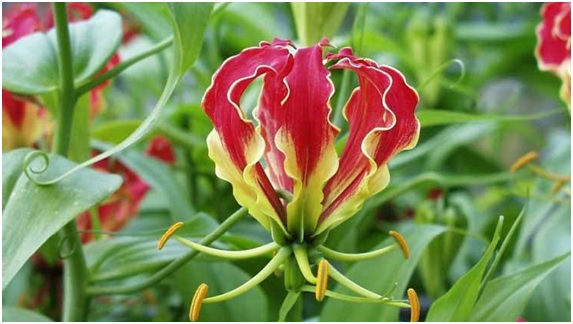
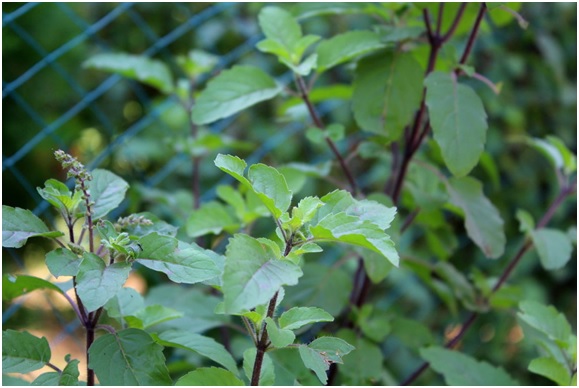

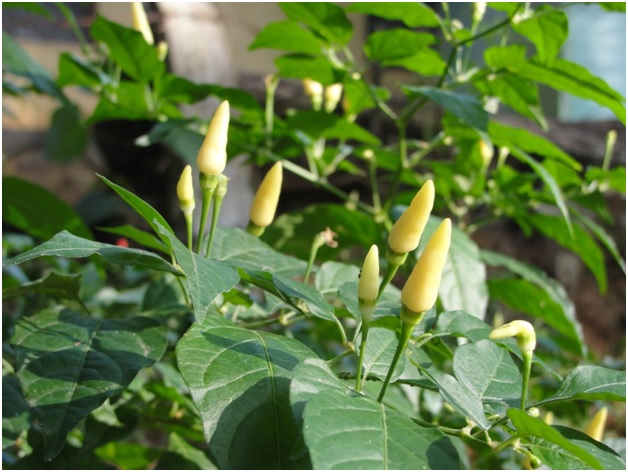



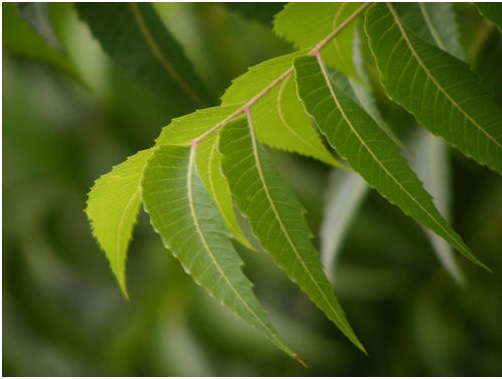
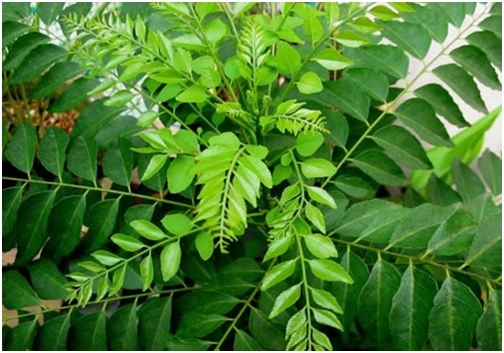
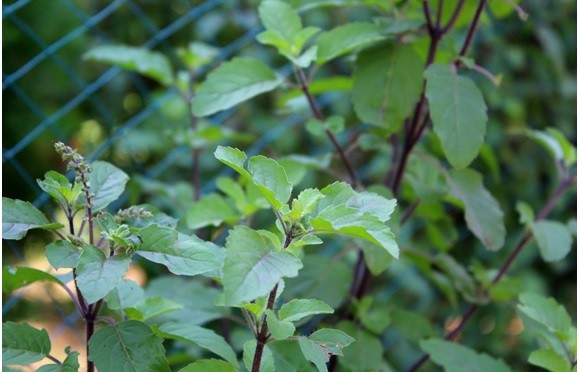
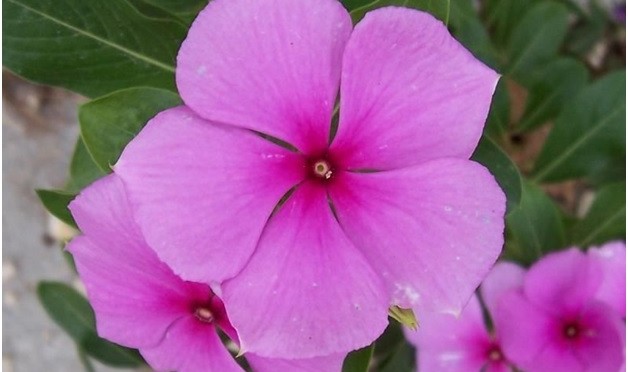
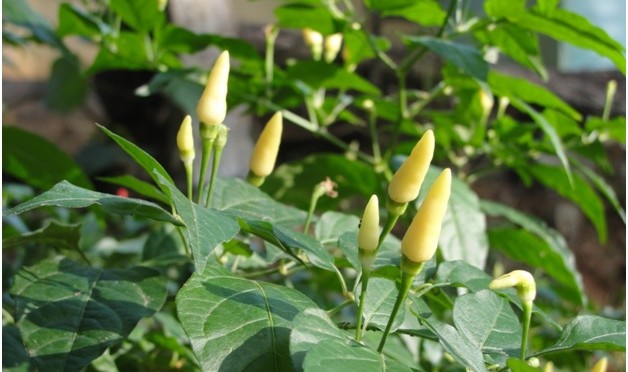
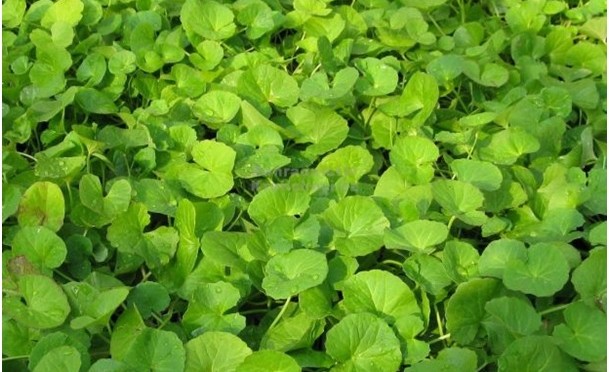

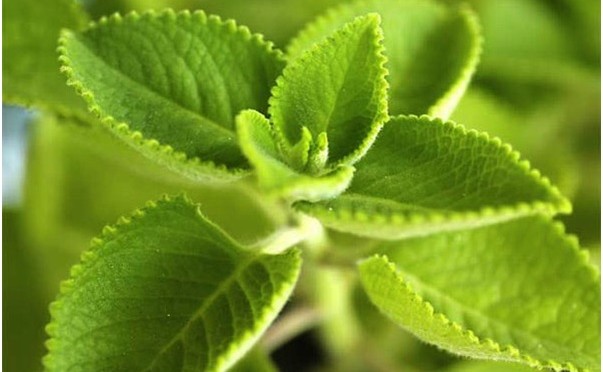
















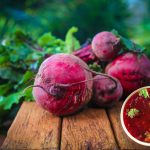




Write a comment